Smartwatches have emerged as popular wearable devices, offering a range of features beyond just telling time. These devices are equipped with advanced sensors and algorithms that can track various health parameters. In recent years, researchers and healthcare professionals have begun exploring the potential of smartwatches to provide early health diagnosis. So, in what ways can smartwatches assist in identifying potential health issues at an early stage?
-
Continuous Health Monitoring: Smartwatches can monitor vital signs such as heart rate, blood pressure, and sleep patterns continuously throughout the day. By collecting this data, they provide a comprehensive view of an individual's health patterns. Any significant deviations or abnormalities can be flagged, prompting the user to seek medical attention. Continuous health monitoring enables the early detection of conditions such as irregular heart rhythms, hypertension, and sleep disorders.
-
Physical Activity Tracking: Most smartwatches come with built-in accelerometers and gyrometers that track physical activity levels. By monitoring steps taken, distance traveled, and calories burned, smartwatches encourage users to maintain an active lifestyle. Additionally, sudden changes in activity patterns or a noticeable decrease in physical activity can indicate potential health issues. Early diagnosis of sedentary behavior-related problems, like obesity or cardiovascular diseases, can be facilitated through smartwatch data analysis.
-
ECG and Heart Health: Some smartwatches feature electrocardiogram (ECG) capabilities, enabling users to take an ECG reading directly from their wrist. ECG readings can identify irregular heart rhythms such as atrial fibrillation, a condition associated with an increased risk of strokes. By regularly monitoring their heart health through smartwatches, users can detect abnormalities promptly and consult a healthcare professional for further evaluation.
-
Blood Oxygen Level Monitoring: The ability to measure blood oxygen saturation (SpO2) levels is becoming increasingly common in smartwatches. Low blood oxygen levels can be an early sign of respiratory issues, sleep apnea, or other pulmonary conditions. Continuous monitoring of SpO2 levels allows users to identify potential problems early on, seeking timely medical intervention.
-
Stress and Mental Well-being: Smartwatches equipped with advanced sensors can also detect stress levels based on factors like heart rate variability and skin conductance. By providing real-time feedback and insights into stress levels, smartwatches can help individuals become more aware of their mental well-being. Recognising patterns of elevated stress can prompt users to practice relaxation techniques or seek professional help for stress management and mental health concerns.
Smartwatches have the potential to revolutionise the way we approach health diagnosis. With their continuous monitoring capabilities and advanced sensors, these devices offer valuable insights into our overall well-being. By detecting early signs of potential health issues, smartwatches empower individuals to take proactive measures, seek appropriate medical care, and make lifestyle changes that promote better health outcomes.
Why not try mymonX, today?


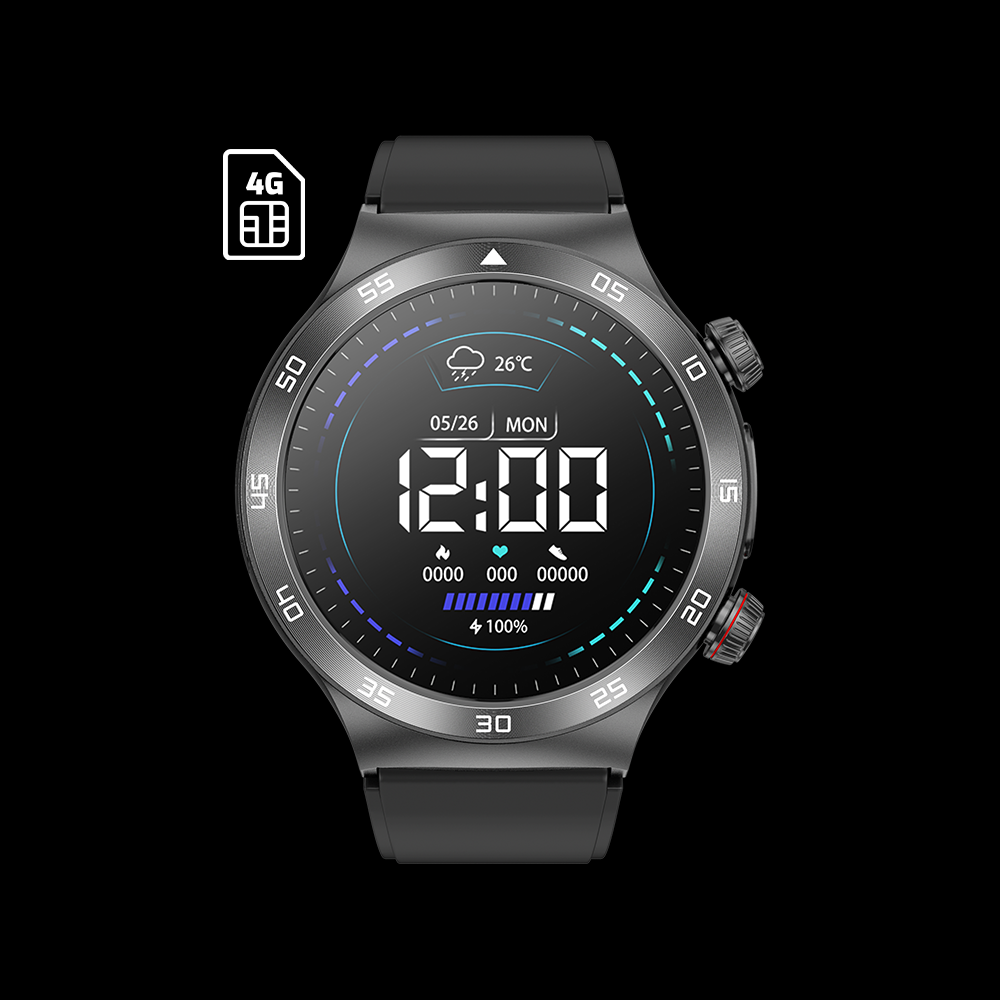
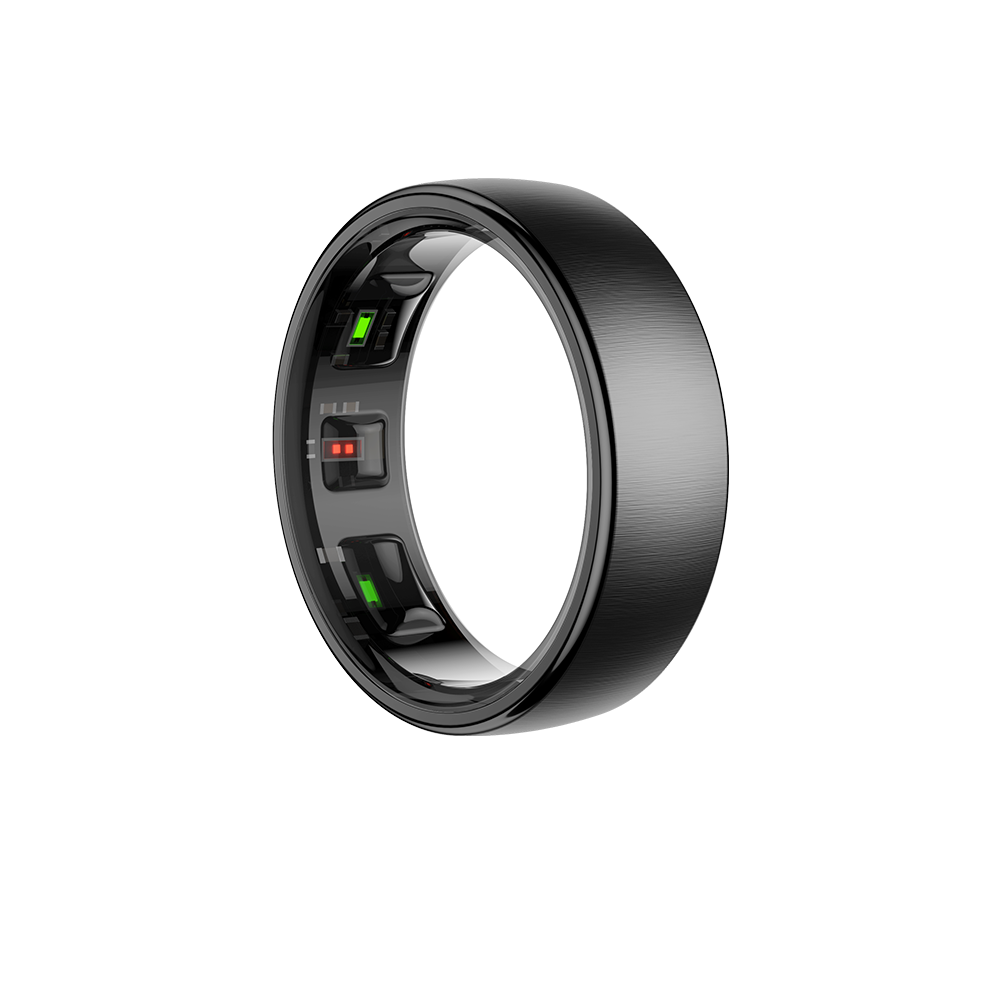
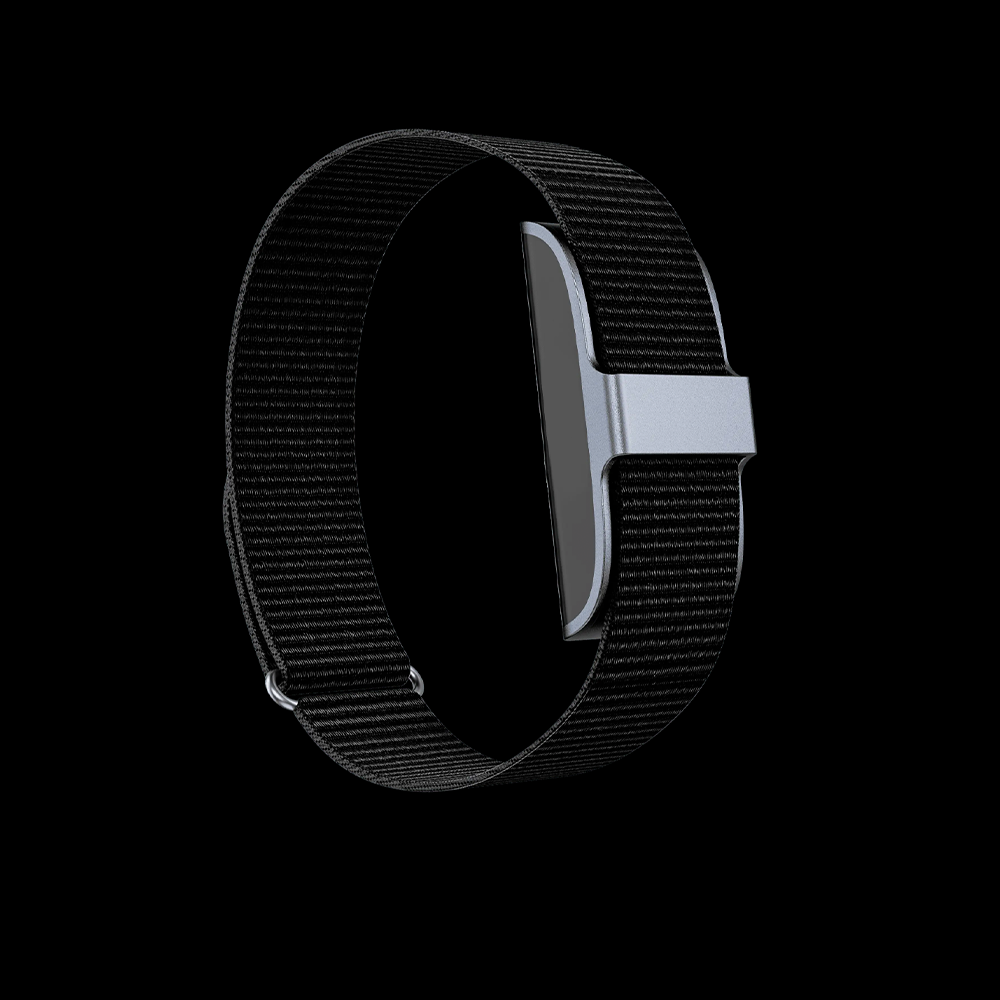
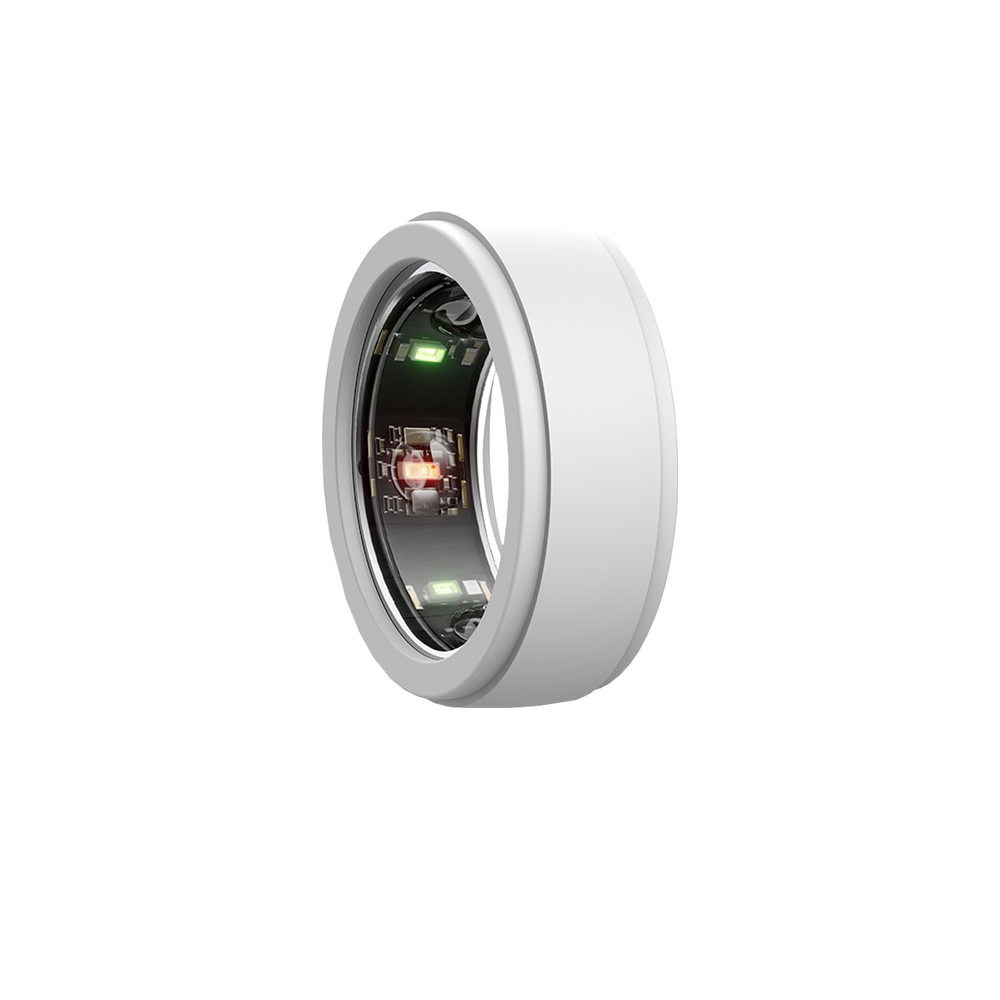
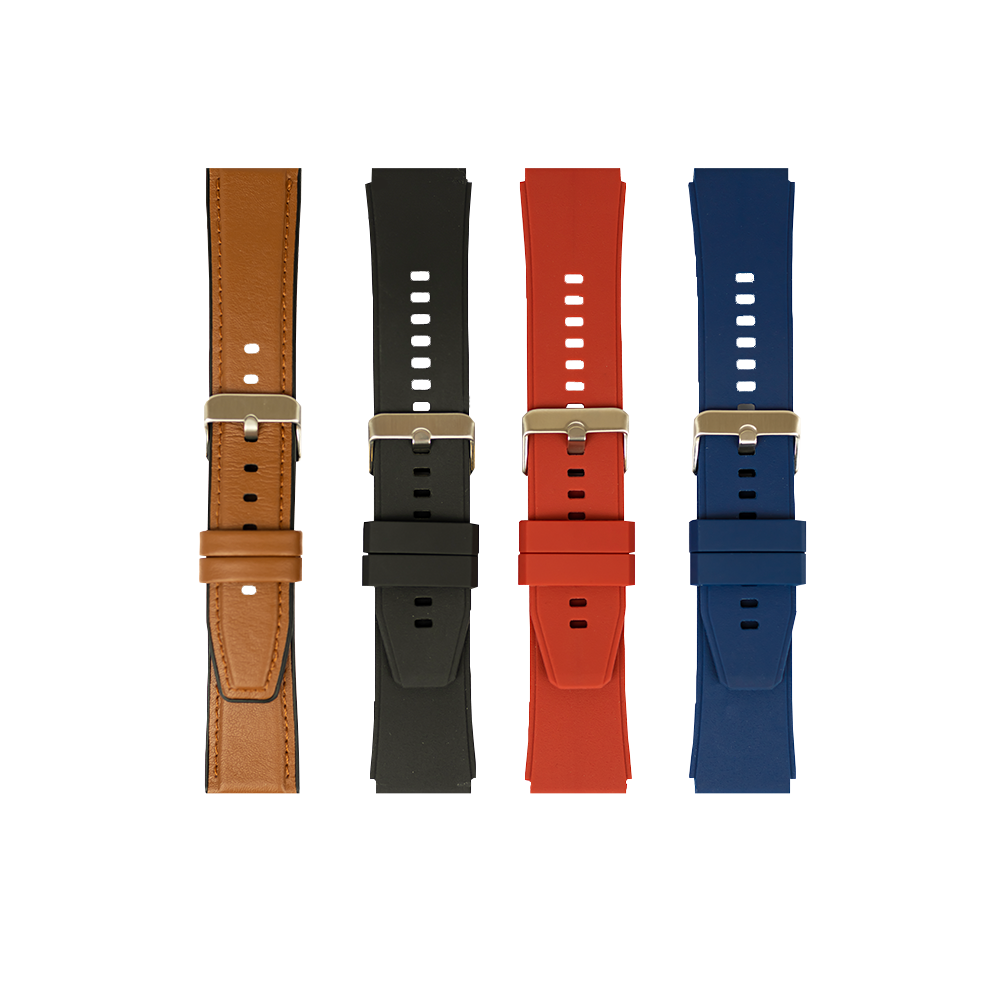

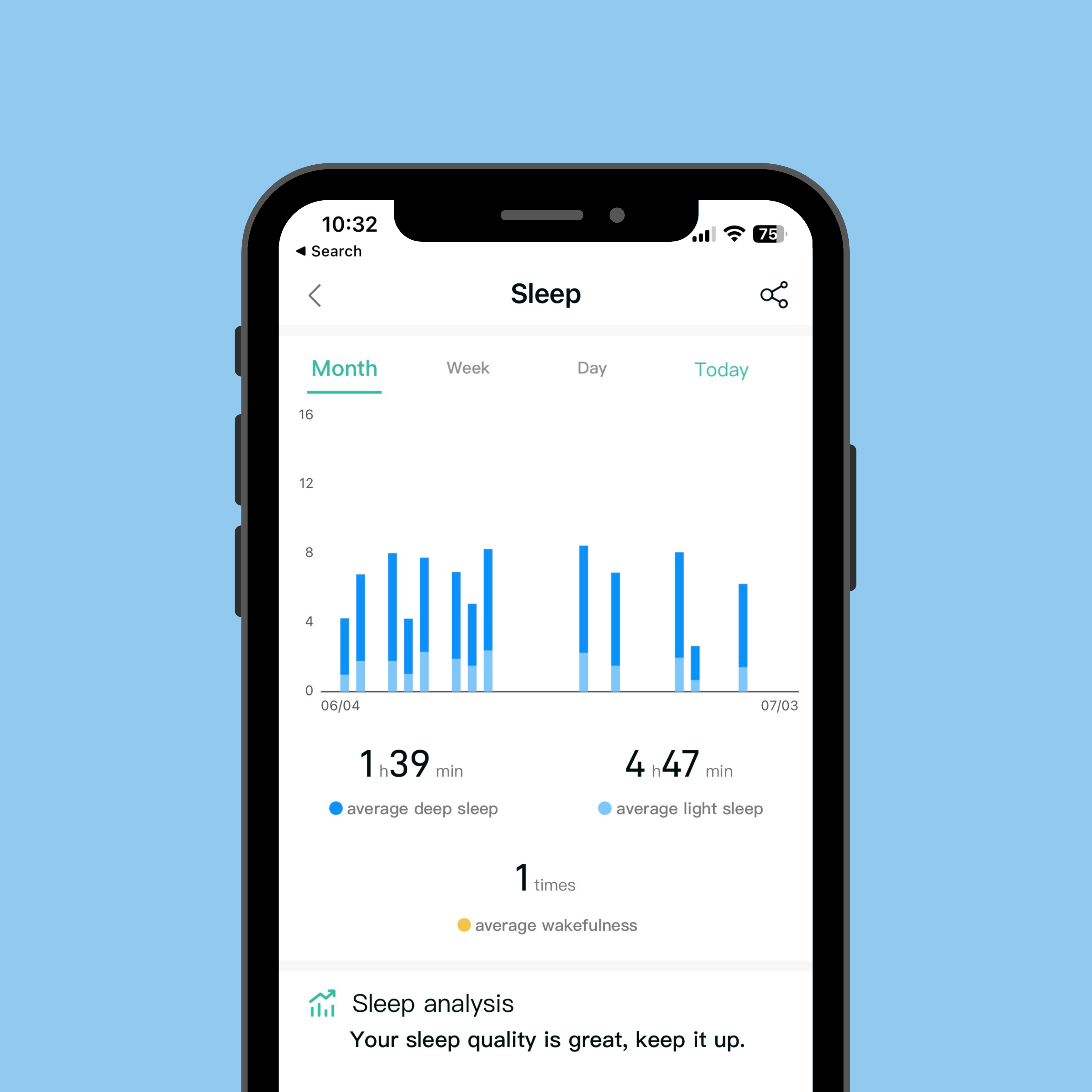
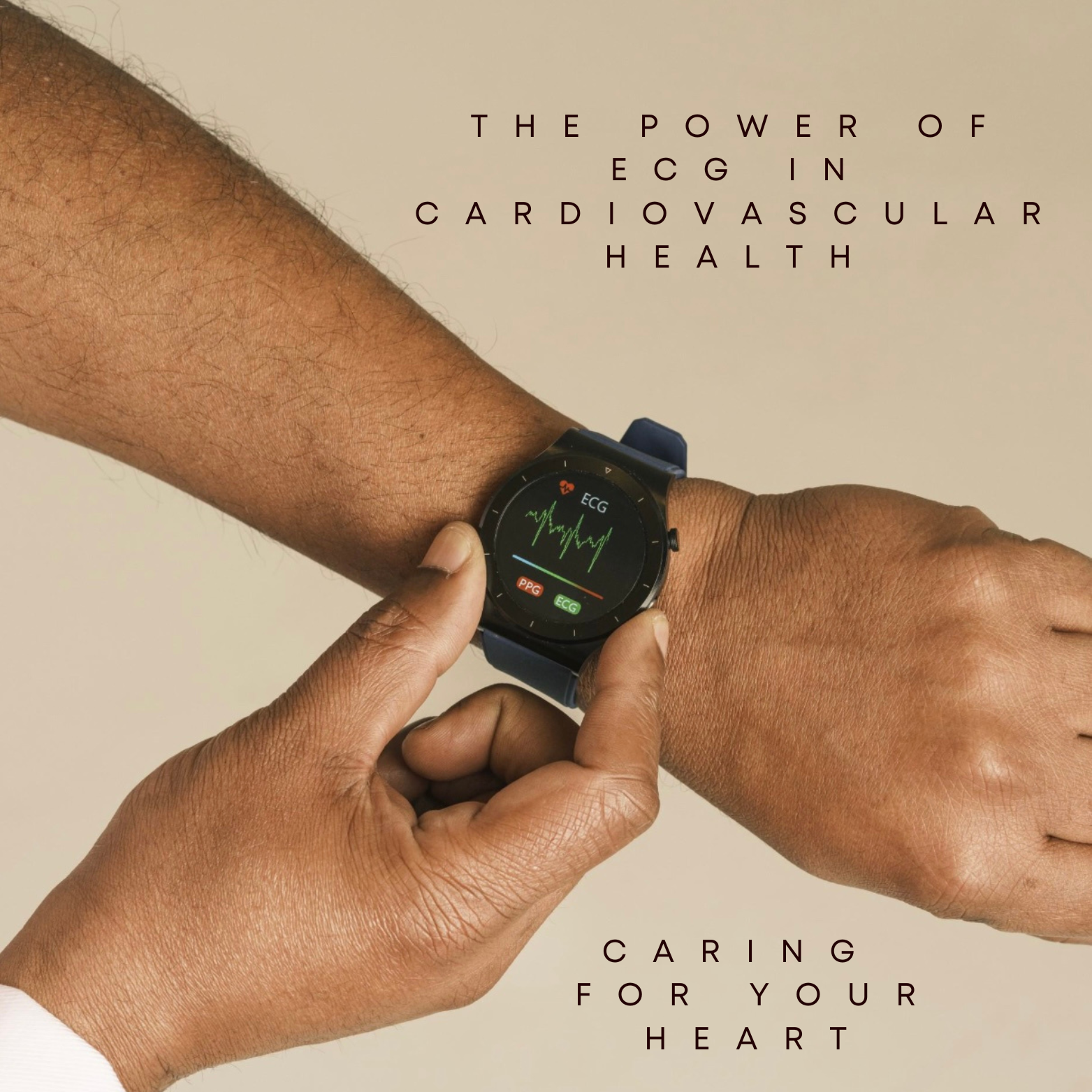
Leave a comment
This site is protected by hCaptcha and the hCaptcha Privacy Policy and Terms of Service apply.